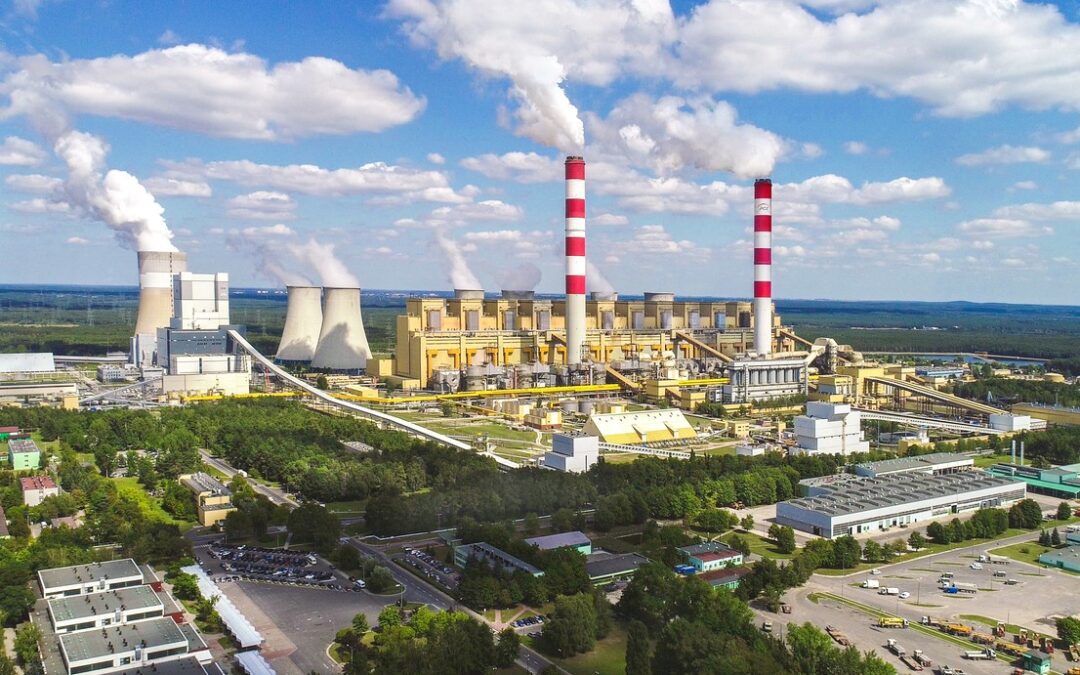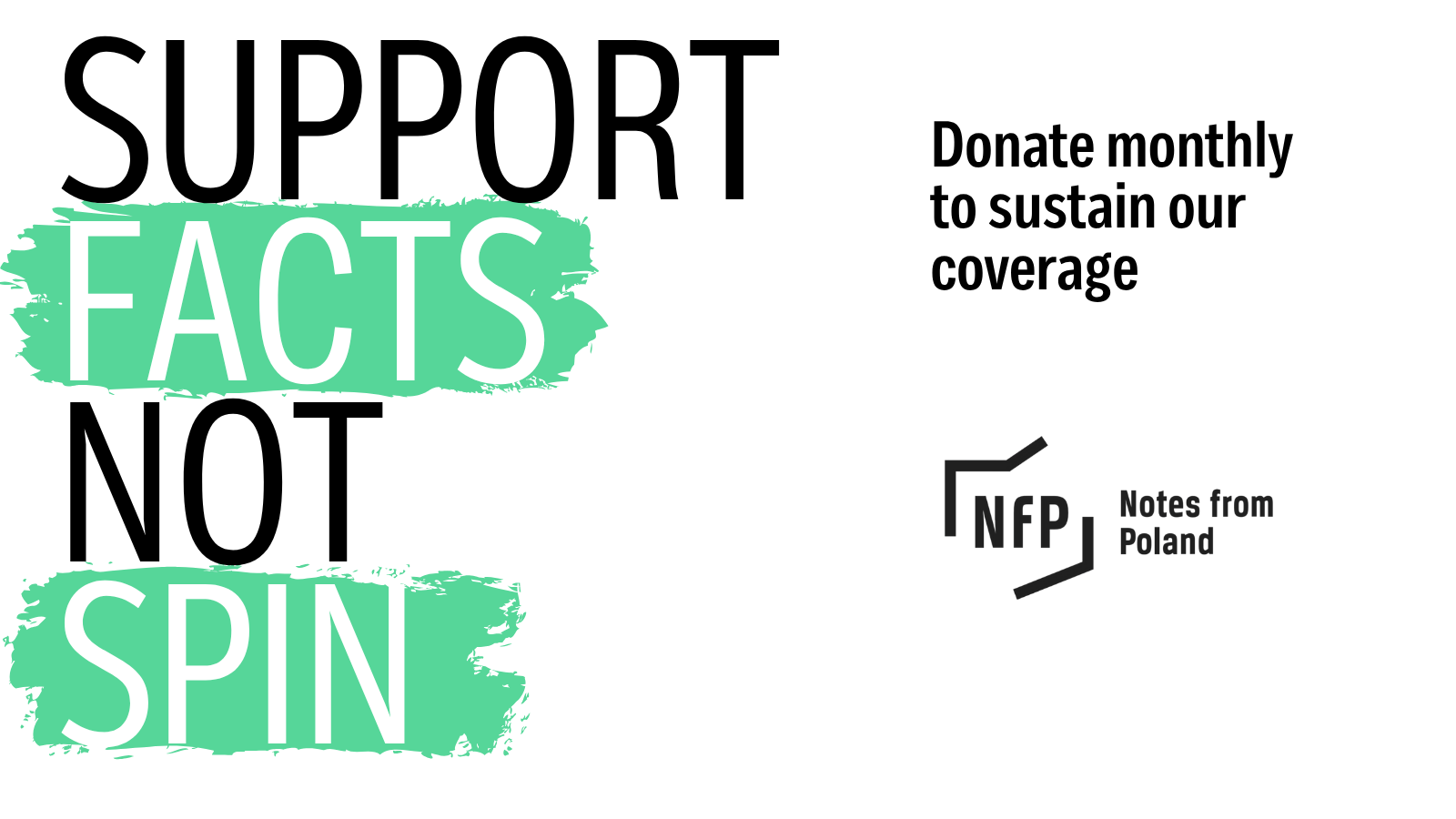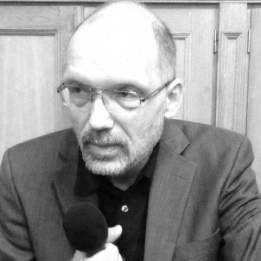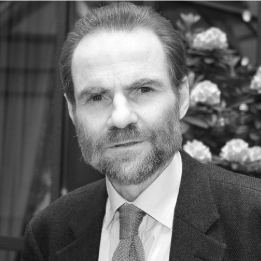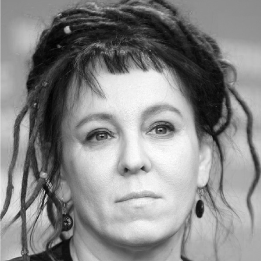Keep our news free from ads and paywalls by making a donation to support our work!

Notes from Poland is run by a small editorial team and is published by an independent, non-profit foundation that is funded through donations from our readers. We cannot do what we do without your support.
Poland has recorded the European Union’s third-fastest rise in household electricity prices this year. The country now also has the bloc’s second-most-expensive electricity, when taking cost of living into account.
Polish electricity prices were 20% higher in the first half of 2025 than in the same period last year, new data from Eurostat show. Only Luxembourg (+31.3%) and Ireland (+25.9%) recorded bigger increases..
The increase reflects the government’s partial unfreezing of electricity prices last year, with the cap for households rising from 412 zloty per megawatt hour (MWh) to 500 zloty (€118), before taxes and other costs.
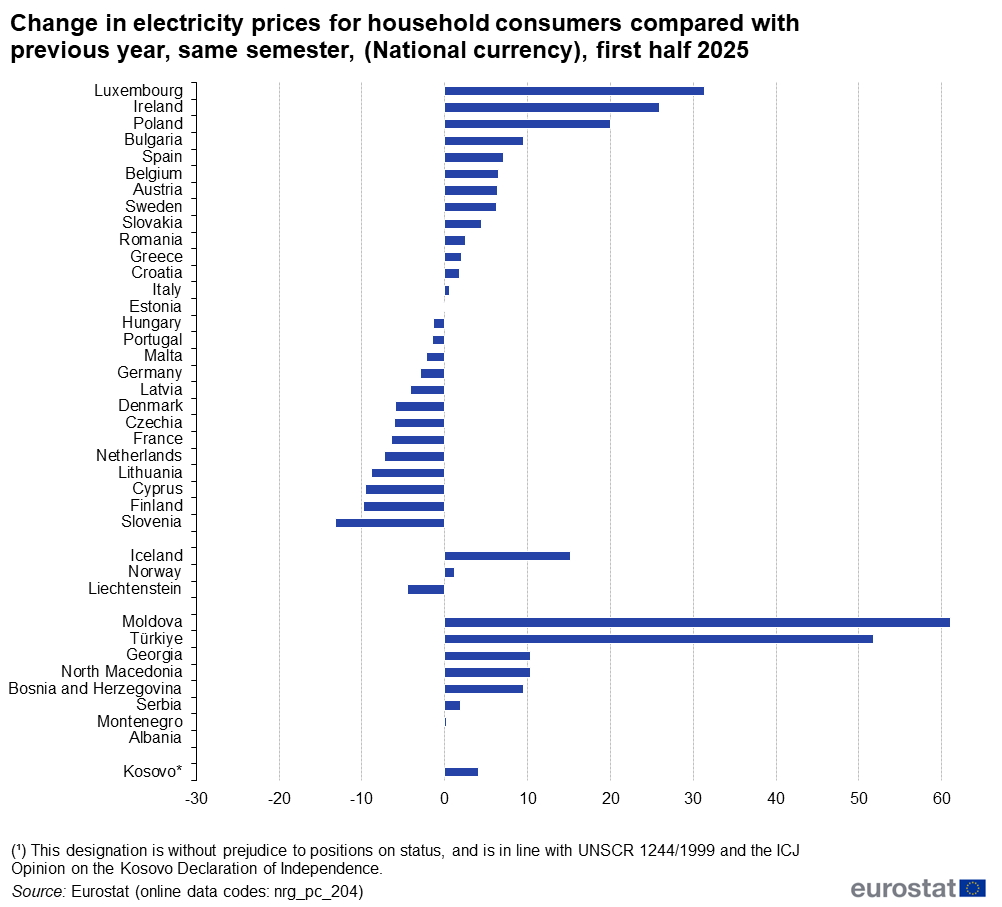
The new Eurostat data show that, In nominal terms, households in Poland paid €25.59 per 100 kilowatt hours (kWh), including taxes and levies, in the first half of this year. That was the 13th highest figure in the EU and below the figure of €28.72 across the bloc as a whole.
Germany (€38.35) had the highest prices, followed by Belgium (€35.71) and Denmark (€34.85). The lowest rates were in Hungary (€10.40), Malta (€12.44) and Bulgaria (€13.00).
However, when adjusted for purchasing power standards (PPS), which account for differences in costs of living, Polish households faced the second-highest electricity prices in the EU, at 34.96 PPS per 100 kWh, behind only the Czech Republic (39.16 PPS).
The lowest prices based on PPS were observed in Malta (13.68 PPS), Hungary (15.01 PPS) and Finland (18.70 PPS).
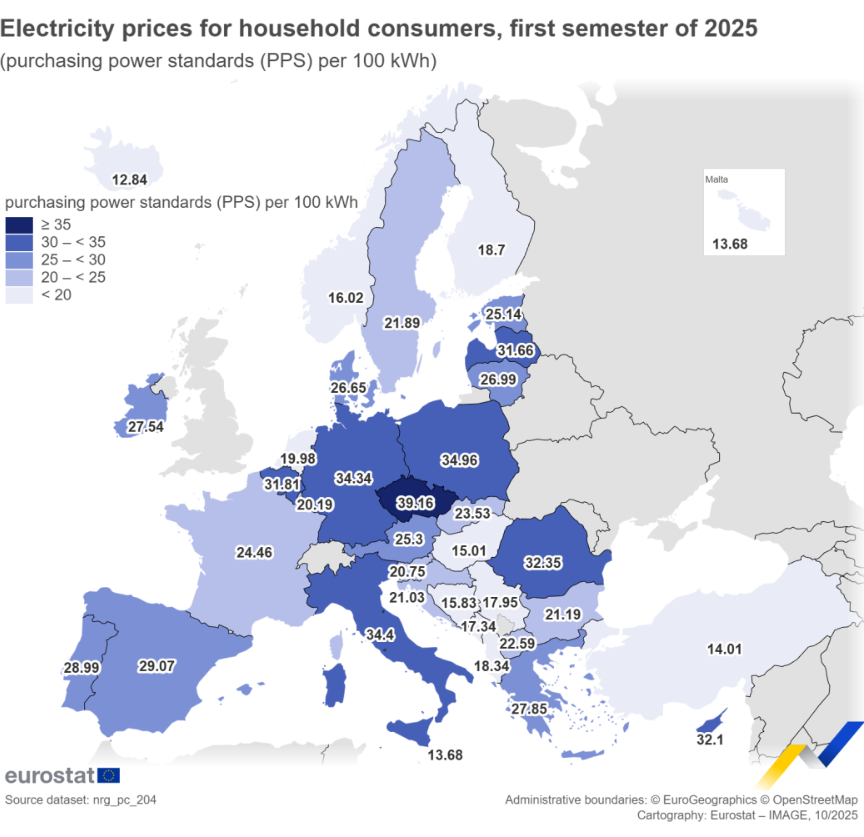
One reason why electricity prices in Poland remain high is because the country is still the most coal-dependent in Europe, which drives up costs in two ways: Polish coal is among the most expensive in the world to mine; and it causes a lot of emissions, which are subject to charges under the EU Emissions Trading System.
Coal accounted for nearly 57% of Poland’s electricity generation last year, by far the highest proportion in Europe. But its share has been steadily declining, as electricity producers move to lower-emission sources. In April this year, coal’s monthly share in the energy mix fell below 50% for the first time on record.
Another factor in high prices is that Poland’s relative share of taxes in electricity prices is the second-highest in the EU, just above 40%, behind only Denmark (47.7%). Across the EU as a whole, taxes and fees accounted for 27.6% of electricity bills in the first half of 2025.
Although energy prices in Poland remain high, the energy ministry has announced that the energy price freeze mechanism will not be extended from next year, as market prices are increasingly falling below the frozen price for households.
“For the new year, we want to move away from freezing electricity prices, because we see that the situation on the markets is stable enough that tariff prices will fall below 500 zloty per MWh,” said energy minister Miłosz Motyka in an interview with Radio Zet.
Tariffs in Poland’s energy market are regulated, with retail electricity prices set by the national energy regulator, which determines how much suppliers can charge households and small businesses.
Poland generated a record 29% of its electricity from renewables in 2024, up from 26% the previous year.
But coal continues to be the main source of power, accounting for almost 57% of Poland's energy mix, the highest proportion in the EUhttps://t.co/B9Uj0uLSxN
— Notes from Poland 🇵🇱 (@notesfrompoland) January 2, 2025
But energy companies have warned that lower tariffs may not be feasible for them. When presenting results from the first half of the year, executives from state-controlled utilities Enea, PGE and Tauron said household prices could remain close to 500 zloty per MWh.
In an interview with the Rzeczpospolita daily, Enea’s CEO, Grzegorz Kinelski, said that electricity prices in 2026 could reach around 540 zloty per MWh .
PGE’s CEO Dariusz Marzec, meanwhile, said there was “visible potential for a gradual reduction in tariff prices”, though he cautioned it was too early for concrete forecasts.
Polish coal is costly and polluting. But its powerful symbolism has kept the country and its politicians hooked on the "black gold".@AlicjaPtak4 explores coal’s past, present and future in Poland https://t.co/E6IhQ64aGC
— Notes from Poland 🇵🇱 (@notesfrompoland) August 14, 2025

Notes from Poland is run by a small editorial team and published by an independent, non-profit foundation that is funded through donations from our readers. We cannot do what we do without your support.
Main image credit: PGEGiEK/Wikimedia Commons (under CC BY-SA 4.0)

Alicja Ptak is deputy editor-in-chief of Notes from Poland and a multimedia journalist. She has written for Clean Energy Wire and The Times, and she hosts her own podcast, The Warsaw Wire, on Poland’s economy and energy sector. She previously worked for Reuters.
